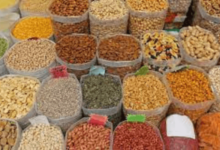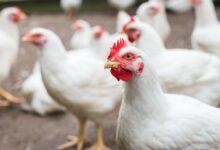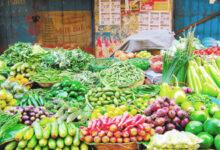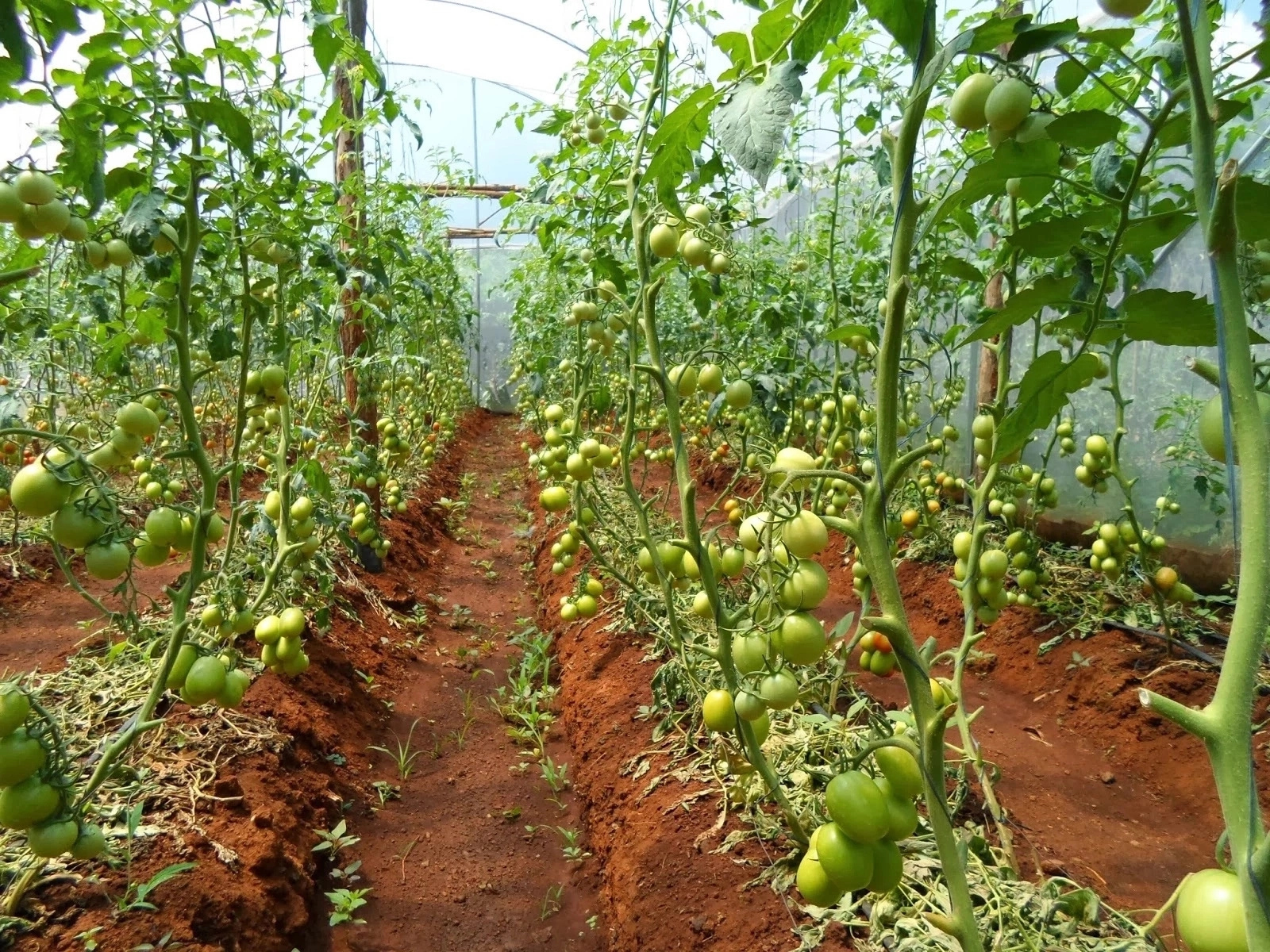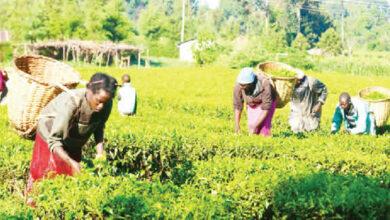Problems And Prospects Of Cassava Production In Nigeria
Cassava Production In Nigeria
Cassava has gone through several stages of development since inception when it was introduced by the Portuguese and colonizers in the sixteenth century.
It has grown to become a significant economic crop for sustenance and industrial by –product.. Cassava, is rich in starch such as carbohydrate, and is consumed in many processed forms both at home and in the factory.
👉 Relocate to Canada Today!
Live, Study and Work in Canada. No Payment is Required! Hurry Now click here to Apply >> Immigrate to CanadaIt provides stable food as garri. In the industry it provides starch, glue or adhesives, modified starch as dextrines.
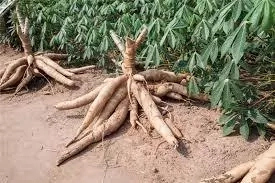
Nigeria stands as one of the largest producer of cassava in the world with recorded production of 34 million tones .IITA’s data reveals that in Nigeria the north central zone consisting of Benue, kogi, plateau, taraba, Nasarawa, Niger, and Kwara States produces the largest quantity (about 29%) of cassava in Nigeria better than the southern states.
This is due to longer sunshine months and a mono-modal rainfall pattern. Consequently the north-central zone is the best area when sourcing for cassava chips and cassava used for livestock or when to locate pilot plants for cassava chips or pellets.
The southern area of Kaduna State and the northern parts of Oyo, Ekiti, Ondo, Enugu, Ebonyi, Edo, and Cross Rivers States are also conducive for cassava chips production(Azogu etal, 2005).Cassava production is done throughout the year, making it preferable to seasonal crops.
Production Trend
Cassava Production requires few production skills and limited inputs .The land is usually prepared during the time Of planting season to deter weeds from growing before the crop are planted..
Land preparation
According to (Williams et al., 1979). The process is to plant unploughed land. Planting on mound is also done.
According to Takyi (1974), horizontal planting seems to produce best result in un-ploughed land; But, planting at an angle of 300 -450 is a usual practice.
Most farmers make use of improved varieties even though they are not readily available. In large scale production, tractor loosens the soil to about 50 cm depth by deep cultivation.
👉 Relocate to Canada Today!
Live, Study and Work in Canada. No Payment is Required! Hurry Now click here to Apply >> Immigrate to CanadaAll crop stubble and vegetation ploughed in is aimed at improving the level of organic matter and the soil ridged to a high level as possible. However. Observations shows that, wind constantly bend over cassava planted on ridges and mounds.
Planting of cassava
The spacing of Cassava is usually 80 -100 cm apart and within row .This depends on the cultivar and growing conditions.
Cultivars with spreading habit such as TMS (Tropical Manihot Species) 30555 and TMS 30572 can be spaced further apart than the erect types like TMS 30001. Cuttings are derived from disease free or resistant plants when planting is due.
The measurement for Cuttings used for planting has at least three nodes and range between 15 and 30 cm in length. However longer cuttings of 60 cm tend to give high yields (Komolafe et al., 1979). Williams et al. (1979) recommended horizontal planting for soils correctly prepared and planting at an angle for heavy soils and very wet conditions, (Krochmal, 1959)
Inter-cropping
Cassava is often planted along side with the mixture of other crops such as maize, melon etc. in traditional agriculture in the tropics.
This is usually done as one of the last crops in a growing season towards the end of the rainy season or just after the harvest of yam when yam is already undergoing tuberisation.
However, cassava stem cuttings are placed in the ground at an angle of about 400 in some communities. The side towards the terminal bud is about one-third the length above the ground level. Upside down planting decreases harvest.
As a result of the difficulty of dictating which end of the stem cutting is to be placed above the soil, most modernly used mechanical planters are manufactured to lay the stem cuttings horizontally.
Problems of Cassava Plantation:
Problems identified include the following
1. Problem Of Land Tenure
The development of large-scale mechanized farming can be hindered by insecure land tenure
2. Problem Of Fragmentation Of Cassava Farms
Accessing adequate large farmland is difficult as a result of ineffective land tenure system. This as a result prevents large mechanized cultivation.
3. Problem of Non-Mechanized Cassava Production, Harvesting, Processing and Preservation
Cassava farming is generally done with crude farm implements due to high cost of acquisition of mechanized farm equipment’s thereby resulting to poor quality production Nweke (2004).
4. Problem of Low Yields and Low Starch Content of Common Cassava Varieties
The level of cassava production is low and cannot compete with other crops in Nigeria as maize etc., and cassava production from other nations such as Thailand
5. Problem of Poor Infrastructures
Poor Infrastructure particularly in rural areas greatly affects the cassava industry. Such as Bad Roads, Lack of electricity and water, communication network etc.
6. Problem of High Transportation Costs
High transportation cost greatly affects cassava processing which is highly perishable with a shelf life of 2-3 days.It is expected that once cassava is harvested, it should be consumed immediately or processed into more stable product.
7. Problem of Fluctuation in Market Prices
According to (Nweke et al, 1994; Ezedinma et al, 2005a) the supply of cassava greatly influences market prices – cassava scarcity leads to prices hike, and increase production.
However the subsequent oversupply of cassava then lowers the market price and decrease in cassava production this trend results to fluctuation in price for duration of approximately two to three years.
8. Problem of High Raw Material Costs
The Inputs and other expenses of cassava production are high compared to what is obtained in other countries.
9. Problem of High Inputs Costs
The cost of fertilizers and other inputs are also high
10. Problem of High Energy Costs
Total energy cost is equally high such as public utilities like electricity, reliance on generator and diesel etc.
11. Problem of Lack of Social Capital
Due to distrust within the Nigerian society lasting business relationships is impeded.
Prospects:
The prospect facing the Nigerian cassava industry consist of
1. Availability Of Large Domestic Market: There exists a huge domestic market for cassava in the country
2. Favourable Climate: The Nigerian climate greatly favors the production of cassava varieties
3. Land Suitability: The nation has a vast portion of cultivation lands suitable for cassava production in every state within the country
4. Easy Cultivation Process: The process of cultivating cassava is simply understood by the farmers.
5. Availability Of Research And Development Institution: Nigeria is endowed with experienced and competent cassava scientists, supported by the IITA and NRCRI in Nigeria.
6. Availability Of High Yielding Varieties: High yielding cassava varieties are available for cultivation within the country
7. Favourable Government Policy. There exist favorable Governments policies such as protective duties on competing cassava imports and the mandatory 10% use of cassava flour
8. Development Of Urban Areas: The existence of Urbanization enhances a demand for value added cassava products in the internal markets, such as in the bakery industries as a result of the mandatory 10% utilization of quality cassava flour.
9. Availability Of Regional Markets: There also exist regional markets for staple quality food products.
10. Markets For By-products: The availability of Markets for by-products and wastes create opportunities for more integrated cassava systems.
11. Easy Production of Modified Starches: further opportunities for domestic substitution and will position Nigeria as a key supplier in the regional market.as result of Processing starch into high value modified starches such as dextrin.
12. Availability of Rural Employment: The production of cassava constitute a pivotal sector of the rural economy which provides employment opportunities to the rural populace
13. The Creation of Vertical Integration: New organizational arrangements within the food chain (e.g. clustering system, sales of intermediate cassava products to medium & large scale drying centers) offer opportunities for smaller farmers/processors to link to growth markets.
14. Availability of Economies of Scale: Greater Business opportunities exist for better transport services with increase internal and regional trade in cassava products.
15. Increase in Technology Development: Cassava production also stimulate technology development
Through the siting of cassava processing industries
